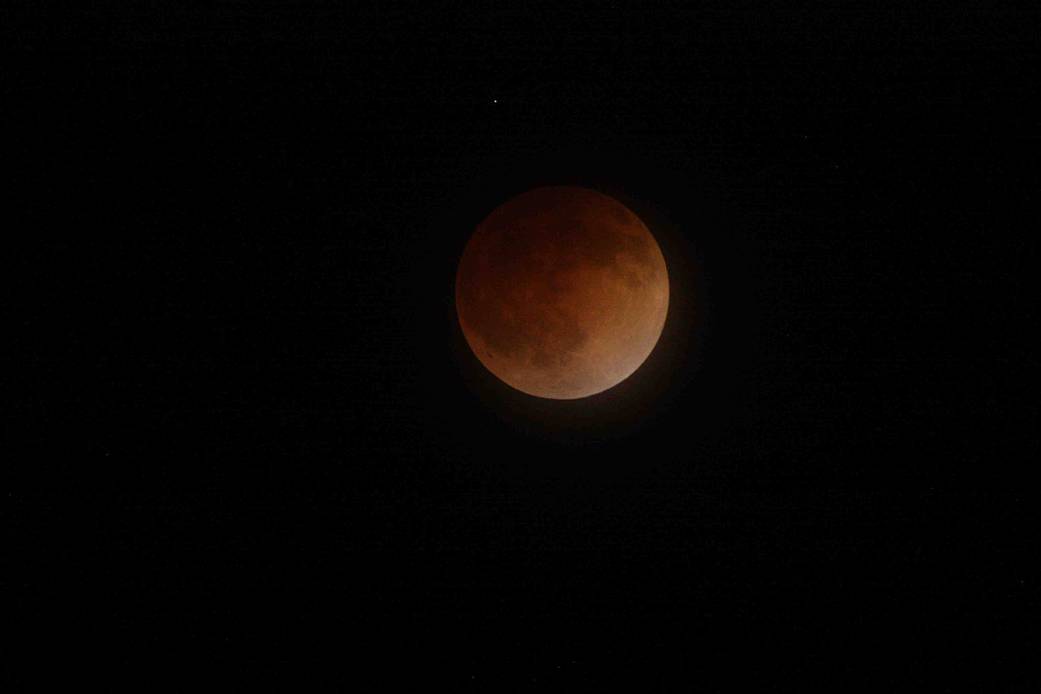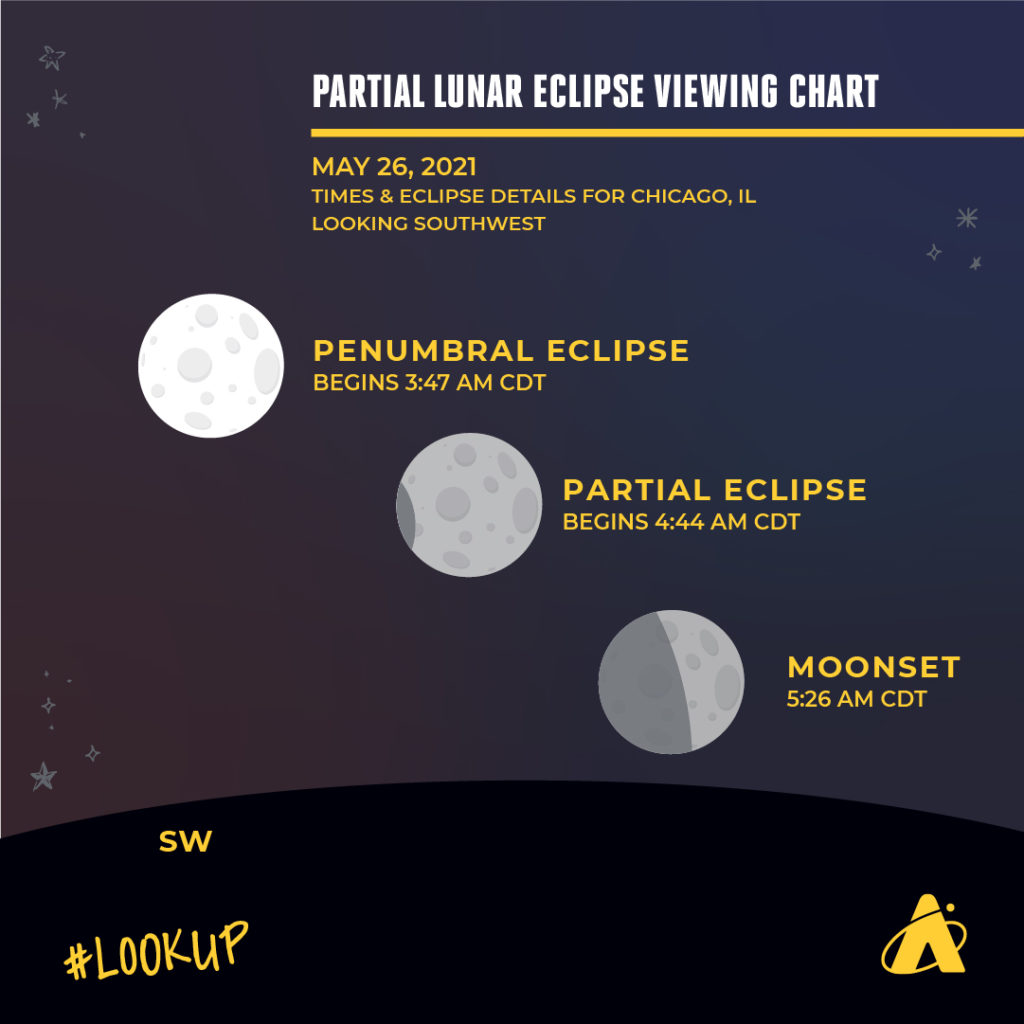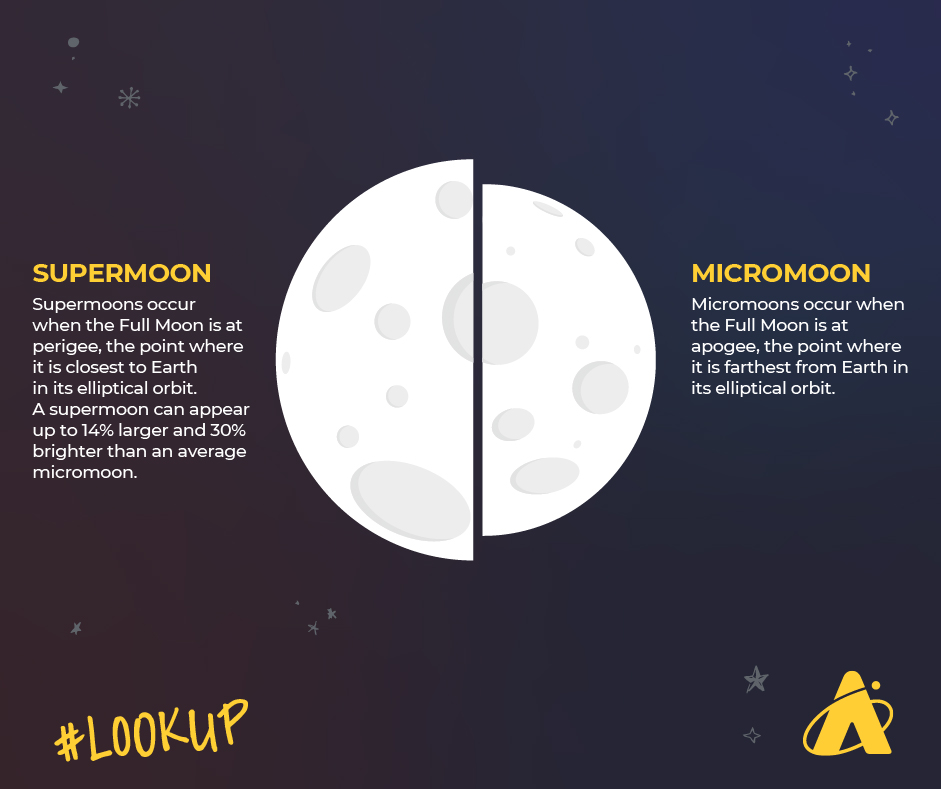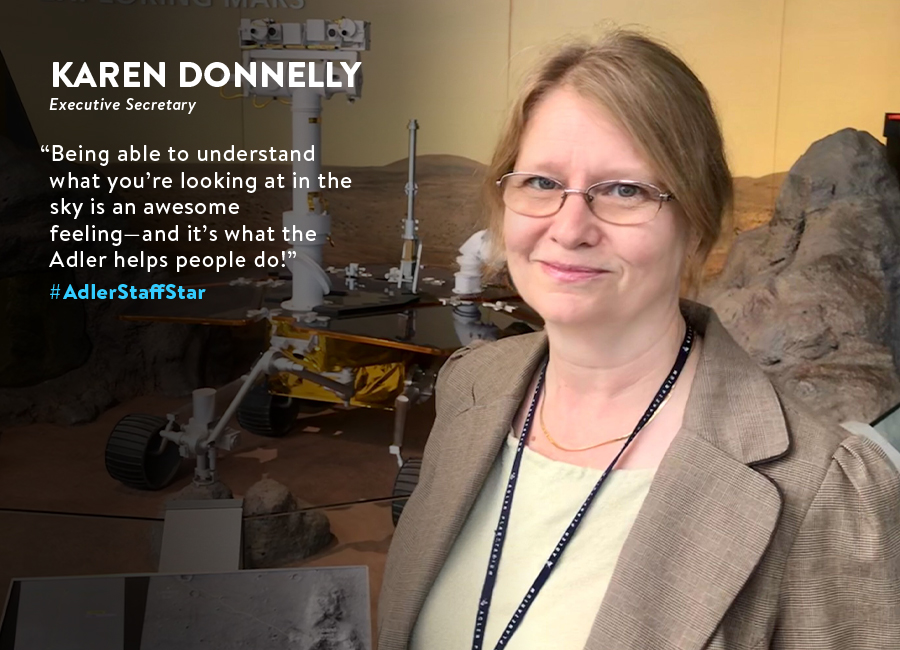Adler Skywatch: May 2021

Header Image: Total lunar eclipse seen in the United States on April 15th, 2014 in San Jose, California. Image Credit: NASA Ames Research Center/Brian Day
A good chance to glimpse a hard-to-see planet, a lunar eclipse during Moonset, and the closest Supermoon of the year occur this month, May 2021.
Planets To Spot This May
The planet Mercury is normally not easy to see. Due to its closeness to the Sun, it doesn’t get very high above the horizon when the sky is dark. This month Mercury still won’t get very high, but it will get higher than usual above the horizon. It starts the month not quite ten degrees above the west-northwest horizon about a half-hour after sunset. It floats to the left of the Pleiades star cluster the evening of the 3rd through the 4th, and then to the right of a two-day-old sliver-thin waxing crescent Moon the evening of the 13th.
About this same time of the month, the brightest planet, Venus, may become visible very close to the west-northwest horizon. It gets higher in the early evening sky each night this month. In the meantime, Mercury reaches its highest point in the darkening sky the evenings of the 17th to the 19th. Even at its highest, Mercury is only about 15 degrees above the horizon. After that date, the planet gets lower in the early evening sky and loses its brightness with each passing evening. Conversely, Venus gets higher above the horizon each night. The evening of the 28th, Mercury and Venus appear side-by-side; however, the much dimmer Mercury may be very hard to see next to brilliant Venus’s glare. This month, both planets get too low in the sky for ready viewing by about 9 p.m. CDT.
The planet Mars is also in the early-evening sky this month, about 40 degrees above the western horizon at evening twilight at the beginning of the month; and about 15 degrees lower at the same time by the end of the month. It spends the entire month in the constellation Gemini, marked by the bright “twin stars” Pollux and Castor. This month, Mars isn’t as bright as either of those stars. The evening of the 15th, Mars appears along the dark edge of a waxing crescent Moon. By 10:30 p.m. CDT, Mars is very low in the west-northwest.
At the start of morning twilight this month, look for Jupiter and Saturn, roughly 20 degrees apart and 20 degrees above the southeastern horizon. Saturn is a little higher in the sky and farther to the west, but Jupiter is much brighter. In the morning darkness of the 3rd, a waning crescent Moon is below Saturn. Before dawn on the 4th, the crescent Moon appears slightly below and between the two planets. And the morning of the 5th, the crescent Moon appears below and slightly to the left of bright Jupiter. The waning crescent Moon appears again near Saturn before dawn on the 30th and the 31st.
Lunar Eclipse Happening This May

A couple hours before sunrise the morning of the 26th, look for the setting Full Moon low in the southwest sky. Keep watching the Moon as it gets closer to the horizon. If you notice the left side of the Moon is getting dimmer this morning, it’s not your imagination—a lunar eclipse takes place the morning of the 26th. In the Chicago area, the eclipse is only partial, covering barely half the Moon before it sets. However, sky-viewers in the western United States get to see a total lunar eclipse. In this blog we explain lunar eclipses and solar eclipses.
To heighten this event, this month’s Full Moon is also considered a Supermoon—an informal term for a Full or New Moon that is closer than usual to Earth. This month’s Full Supermoon is even closer to Earth than April’s Full Supermoon was.

Last Quarter Moon: May 3
New Moon: May 11
First Quarter Moon: May 19
Full Moon: May 26
Subscribe To Skywatch Wednesday This May
Tour the night sky with the Adler Planetarium’s Theaters Manager Nick, who uses cutting edge visualizations, NASA images, and astrophotography to show you what you can see in the night sky throughout the year.
Learn From Our Astronomy Educators
Watch exclusive live episodes of Sky Observers Hangout this May! First, our astronomy educators will show you how to locate bright summer stars and summer constellations on May 3rd. Then, we’ll show you how to spot the upcoming lunar eclipse and explore the different types of lunar eclipses on May 25th. New episodes air every two weeks on Mondays.







